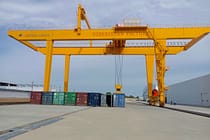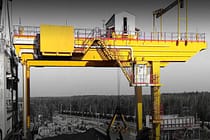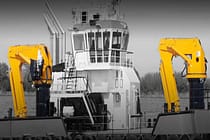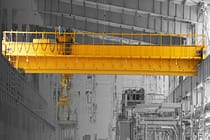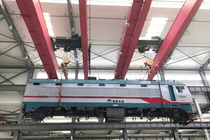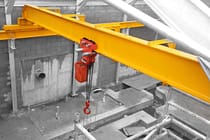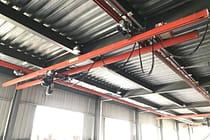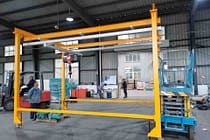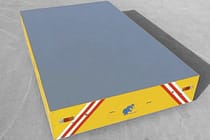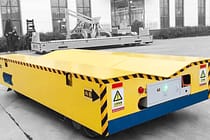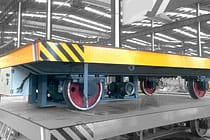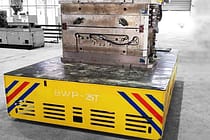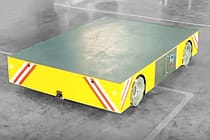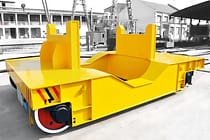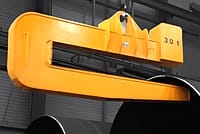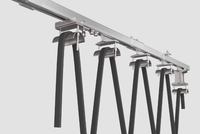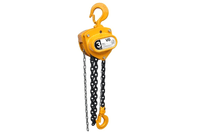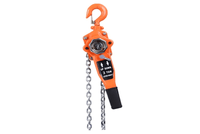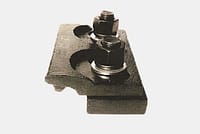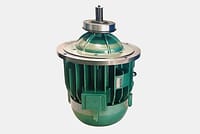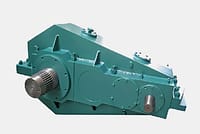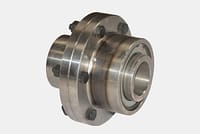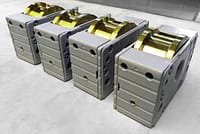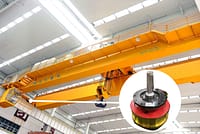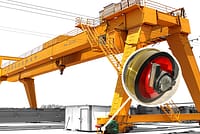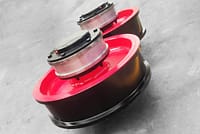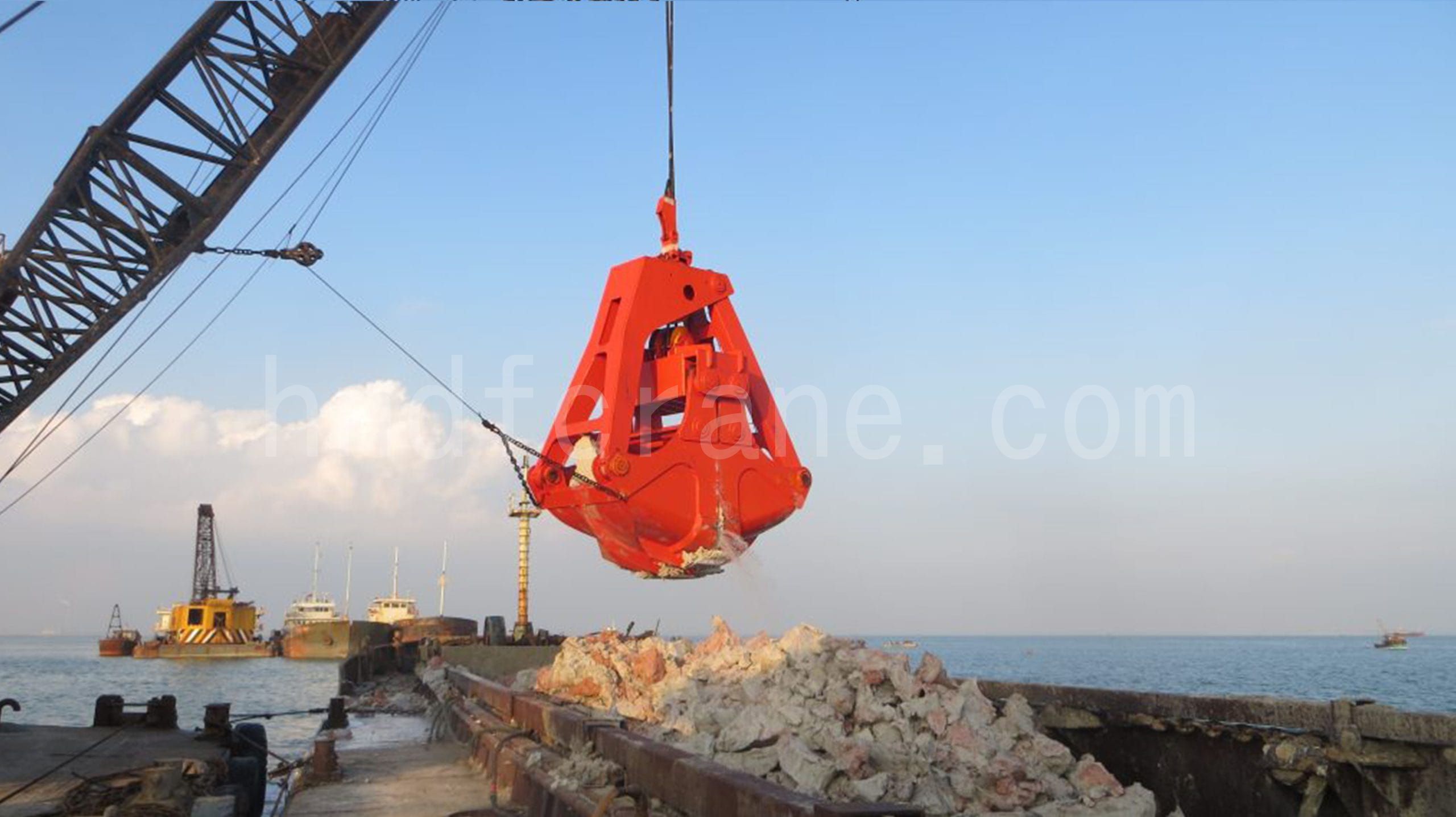Product Introduction of Dredging Grabs
Dredging grabs is an effective tool for dredging, dredging and salvaging waterways such as silt, hard mud, iron plate sand, blasting reefs, and even shipwrecks underwater.
Dredging grabs are highly productive, strong, durable, simple to maintain and operate, and well-qualified for work under harsh conditions.
The inner pulley of the grab adopts multiple seals to ensure that the dredging grabs will not penetrate into water and sediment in tens of meters of sea water.
Dozens of series of products with a lifting weight from 6t to 200t have been formed.
Dredging grabs are suitable for single-cable, double-cable, or four-cable cranes.
Technical parameters of Dredging Grabs
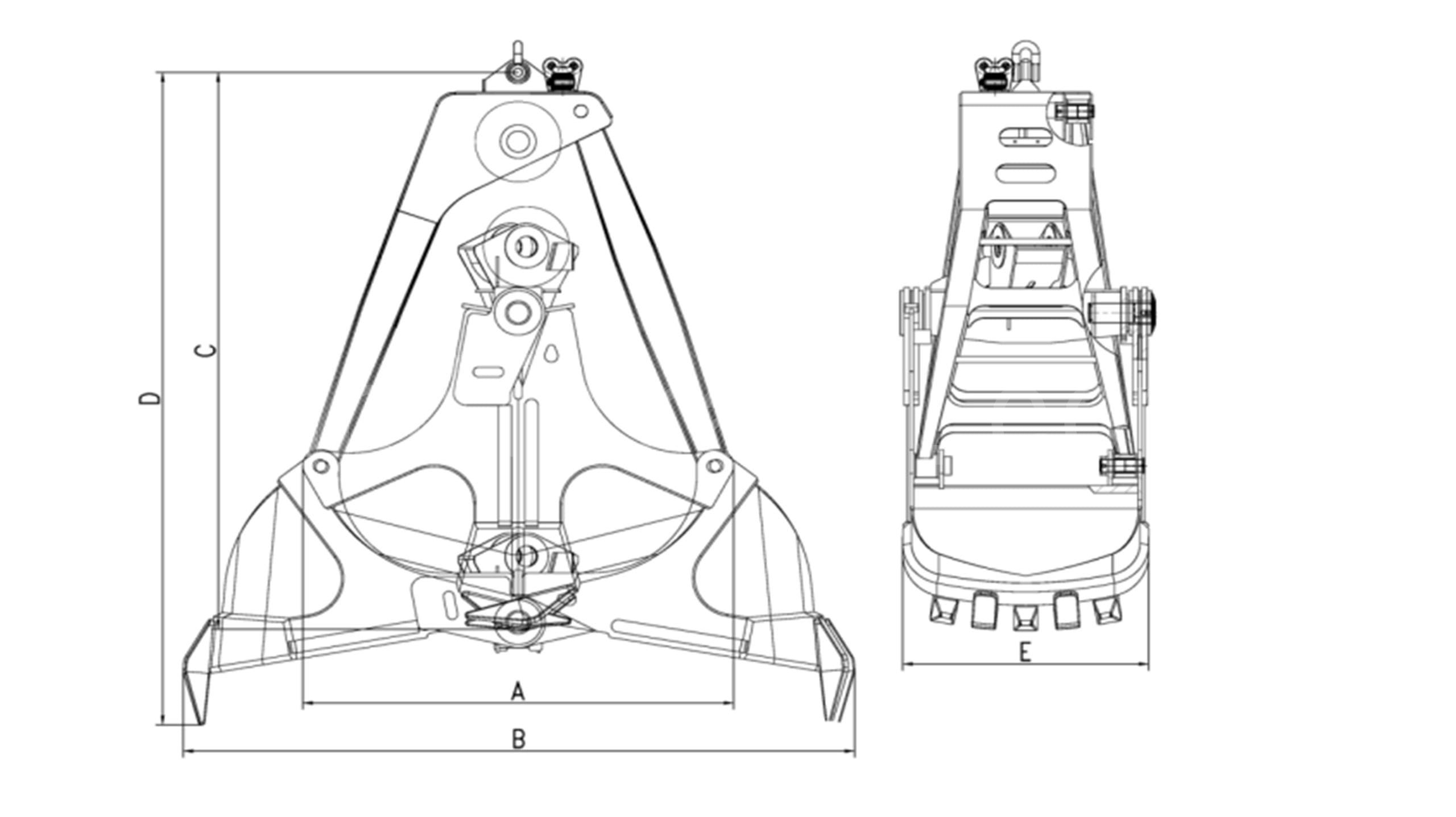
| Type | Volume(m3) | Dead weight(t) | Dimensions (mm) | Sheaves Dia(mm) | Fold(s) | Crane lifting capacity(t) | ||||
| A | B | C | D | E | ||||||
| BS6SJ[1]4A | 1 (00) | 4 | 2380 | 3458 | 3533 | 4083 | 1320 | ø560 | 5 | 6 |
| BS12SJ[1.5]6.5A | 1.5(00) | 6.5 | 3020 | 4039 | 3772 | 4532 | 1500 | ø560 | 5 | 12 |
| BS20SJ[5.5]10A | 5.5(250) | 10 | 3260 | 5081 | 4515 | 5288 | 1860 | ø650 | 4 | 20 |
| BS30SJ[5]13B | 5(150) | 13 | 3740 | 5450 | 4942 | 5916 | 2012 | ø800 | 5 | 30 |
| BS40SJ[10]22B | 10(250) | 22 | 4120 | 6590 | 5257 | 6190 | 2560 | ø880 | 4 | 40 |
| BS55SJ[5.5]35B | 5.5(00) | 35 | 3960 | 5812 | 5614 | 6565 | 2150 | ø880 | 6 | 55 |
| BS60SJ[5]43BV | 5(00) | 43 | 4200 | 6570 | 5868 | 6751 | 2910 | ø1000 | 6 | 60 |
| BS70SJ[9]36BV | 9(00) | 36 | 5020 | 7978 | 6738 | 7783 | 2500 | ø1000 | 4 | 36 |
| BS80SJ[12]44B | 12(00) | 44 | 5519 | 8598 | 7610 | 8713 | 2900 | ø1250 | 5 | 44 |
Case
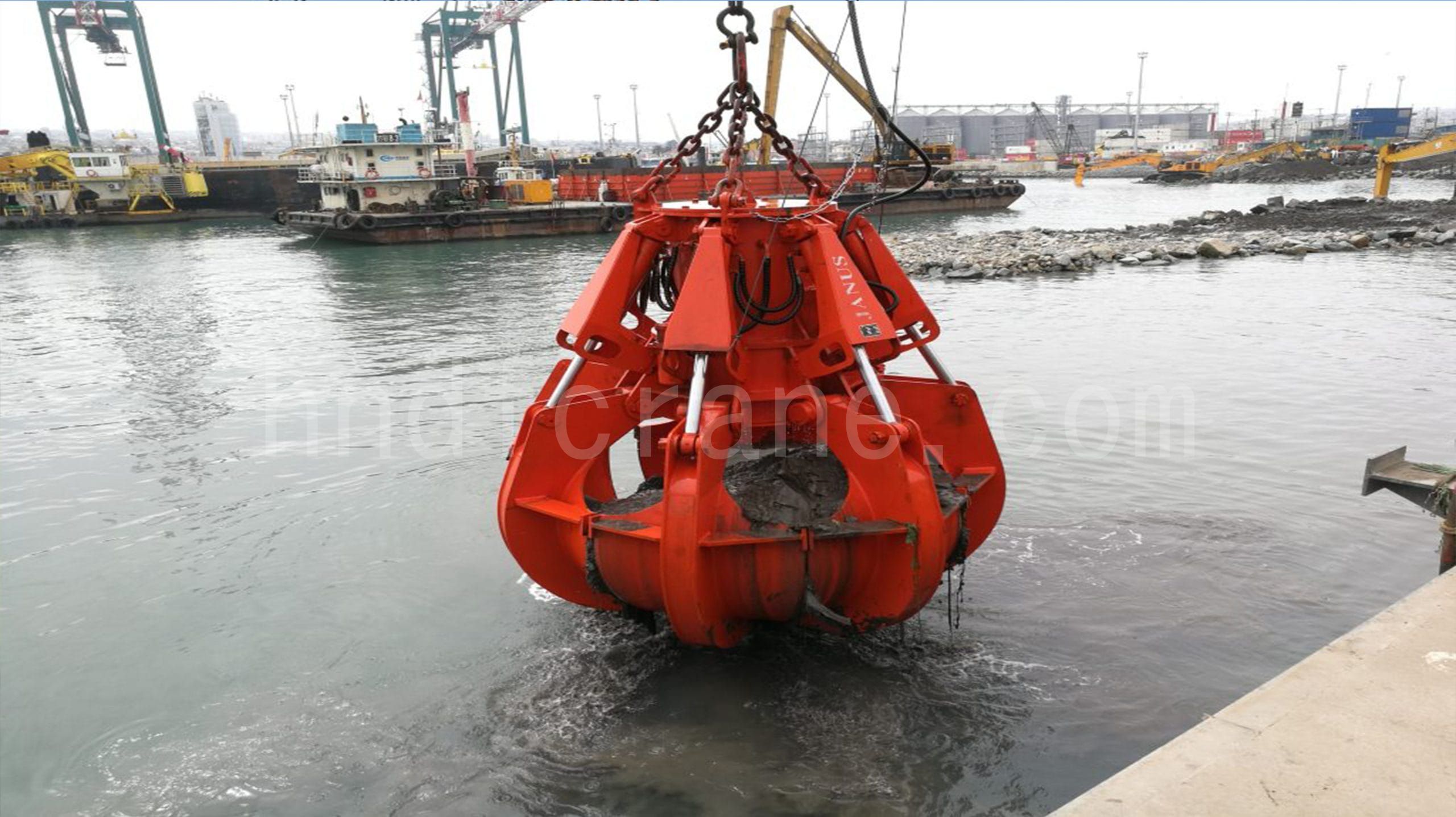
Hydraulic Round Nose Bucket/Hydraulic Clamshell for Dredging
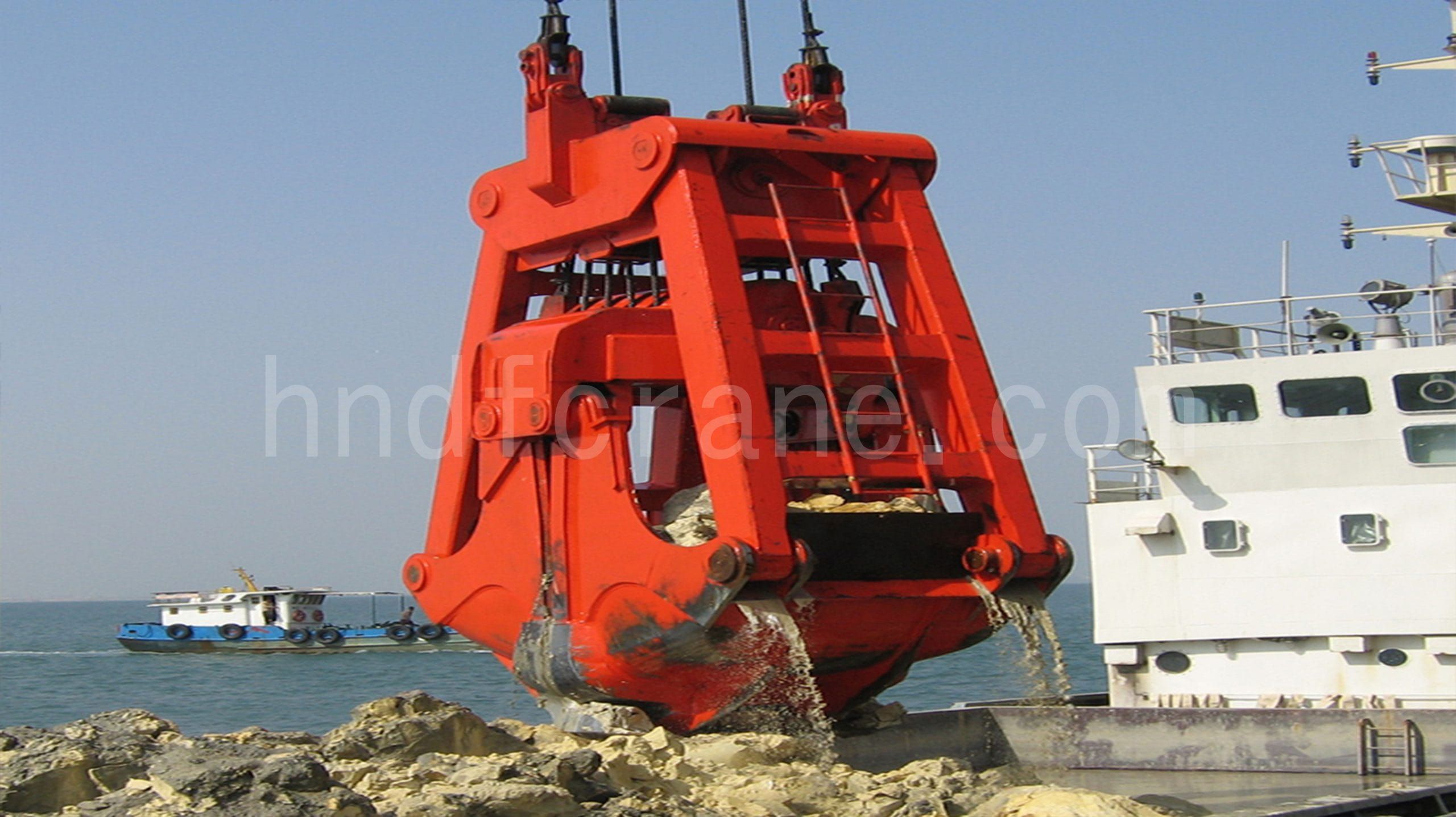
Hydraulic Round Nose Bucket/Hydraulic Clamshell for Dredging
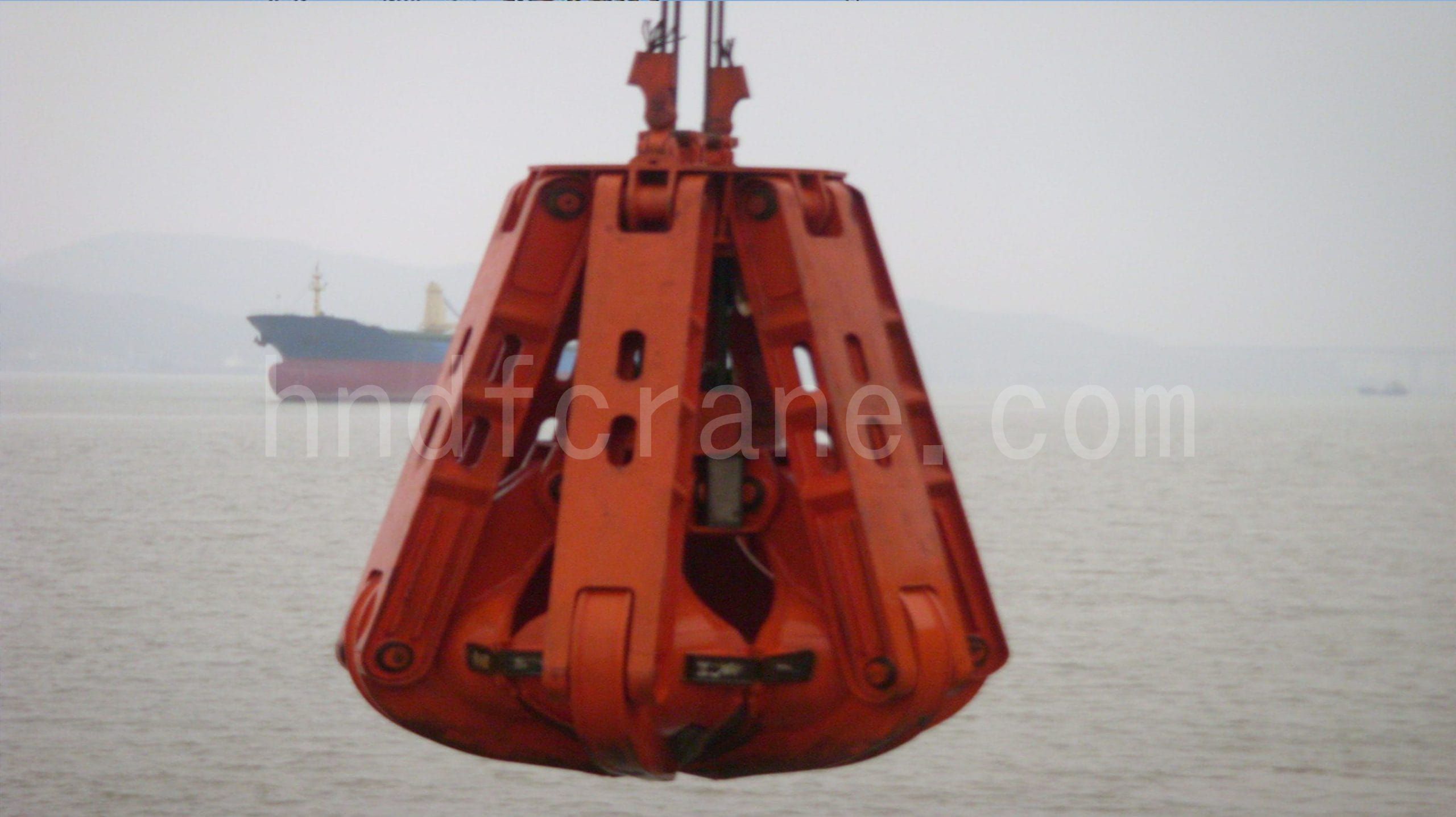
Orange Peel Grabs for Dredging

Two Rope Clamshell Grabs for Dredging
How to choose the right grab
- Clarify your purpose:
Before delving into the options, please clarify your specific requirements.Ask yourself:
- What materials do you want to deal with?(Logs, scrap metal, stone, etc.)
- What tasks will the grab perform?(Loading, sorting, dismantling, etc.)
- What type of device will it be connected to?(Gantry crane, overhead crane)
- What is the specific gravity of the material you grab?The number of cubes of the grab?
What is the tonnage of your crane equipped with a grab?
According to the characteristics of the material being grabbed, the grab is usually divided into four basic types: light, medium, heavy and super heavy.
| The type of material to grab | Grab material | Capacity weight(t/m³) |
| Light | Coke, slag, grains, potatoes, medium-quality anthracite lime, cement, soil, gravel, clay, broken bricks, etc. | 0.5~1.2 |
| Medium | Peat, large pieces of anthracite coal, compacted coal, clay, limestone, gravel, salt, gravel, bricks, bauxite, flakes of iron oxide, cement, sand and bricks in water, etc. | 1.2~2.0 |
| Heavy | Limestone, heavy clay, small and medium-sized ores, hard rock, rod-shaped iron oxide, iron ore, lead concentrate powder, etc. | 2.0~2.6 |
| Overweight | Large ores, large manganese ore, sedimentary agglomerated lead ore powder, etc. | 2.6~3.3 |
- Accessory compatibility: Ensure that the grab is compatible with existing equipment.
- Budget considerations: The price range of the grab is different.Balance your budget based on the function and durability of the grab.
- Comments and suggestions: Research online, read user reviews, and seek suggestions from industry peers.
- Go to the crane manufacturer for on-site inspection and testing before purchasing: test the grab under real conditions as much as possible.Evaluate its performance, ease of use, and overall functionality.
Keep in mind that choosing the right grab requires a balance between functionality, safety, and cost.By considering these factors, you will find the perfect grab that can increase productivity and ensure smooth operation.








